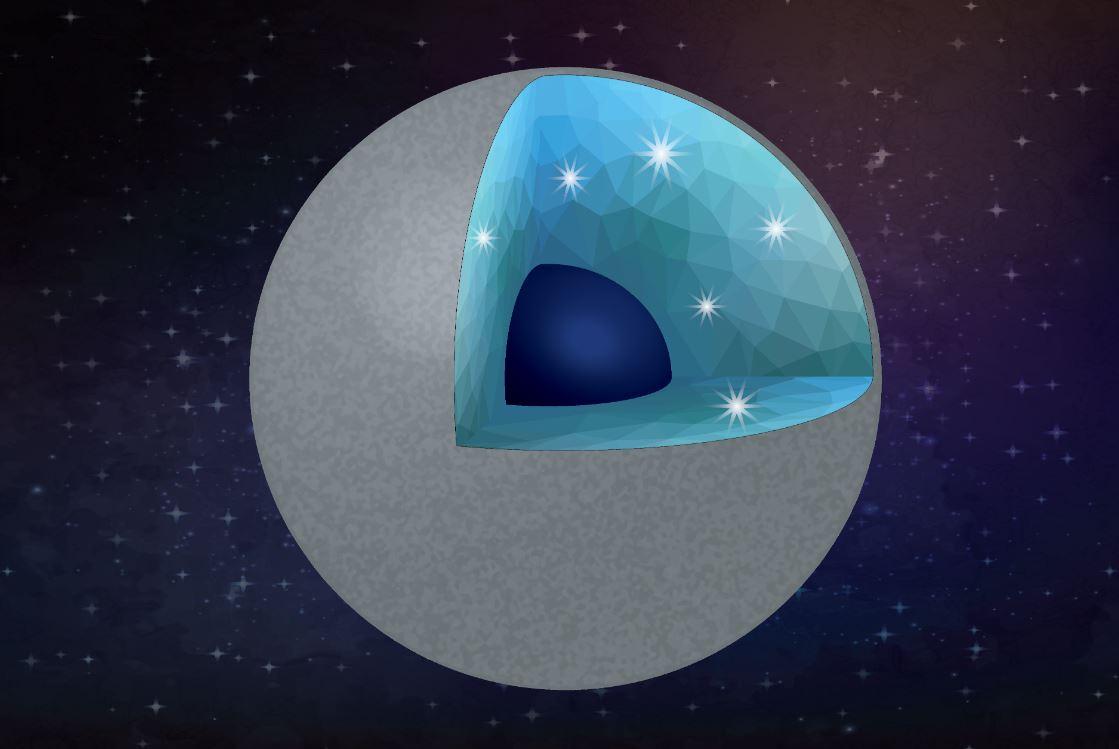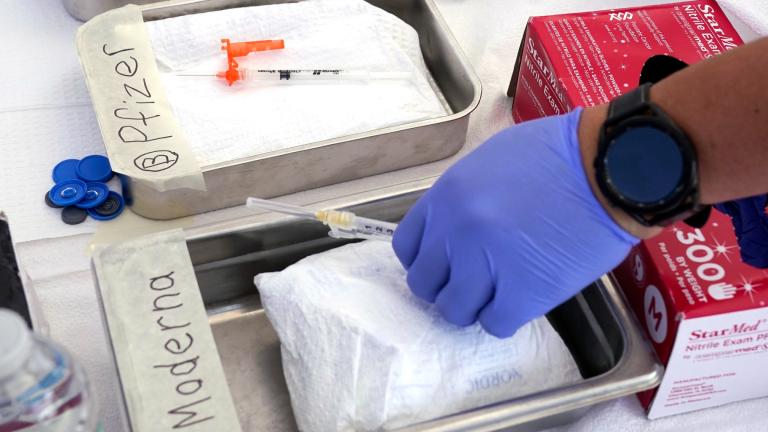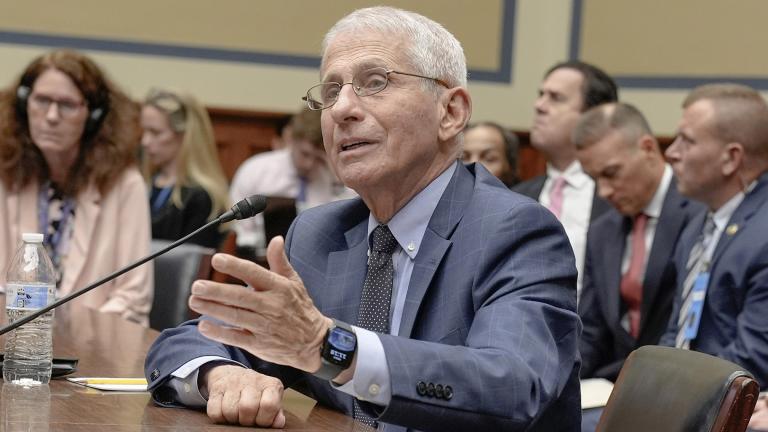University of Chicago paleontologist Neil Shubin, one of our favorite explainers of all things scientific, shares some recent stories from the world of science. Read about each of them below.
Researchers at the University of Chicago Medicine have found an apparent link between vitamin D deficiency and the likelihood of becoming infected with COVID-19.
“Vitamin D is important to the function of the immune system and vitamin D supplements have previously been shown to lower the risk of viral respiratory tract infections,” said David Meltzer, MD, Ph.D., chief of Hospital Medicine at UChicago Medicine and lead author of the study. “Our statistical analysis suggests this may be true for the COVID-19 infection.”
 (PublicDomainPictures / Pixabay)
(PublicDomainPictures / Pixabay)
Meltzer’s research team looked at 489 patients whose vitamin D levels were measured within a year before being tested for COVID-19. Patients who had an untreated vitamin D deficiency were almost twice as likely to test positive for the coronavirus compared to patients who had sufficient levels of the vitamin.
Half of Americans are deficient in Vitamin D, but the rate is much higher for African Americans, Hispanics and individuals in areas like Chicago where it is difficult to get enough exposure to the sun during the winter.
“Understanding whether treating Vitamin D deficiency changes COVID-19 risk could be of great importance locally, nationally and globally,” Meltzer said. “Vitamin D is inexpensive, generally very safe to take, and can be widely scaled.”
How we sleep today may forecast onset of Alzheimer’s
The quality of your sleep may have a direct impact on the onset of Alzheimer’s later in life.
New research from the University of California at Berkelely suggests that one possible defense against this common and virulent form of dementia is good sleep — and lots of it.
“We have found that the sleep you’re having right now is almost like a crystal ball telling you when and how fast Alzheimer’s pathology will develop in your brain,” said Mathew Walker, a UC Berkeley professor of psychology and neuroscience and senior author of the paper published earlier this month.
Researchers matched the overnight sleep quality of 32 healthy older adults against the buildup in their brains of the toxic plaque known as beta-amyloid, which destroys memory pathways and other brain functions and is key to the development of Alzheimer’s.
“The silver lining here is that there’s something we can do about it,” he added. “The brain washes itself during deep sleep, and so there may be the chance to turn back the clock by getting more sleep earlier in life.”
Carbon-rich planets could be made of diamonds
A new study published in The Planetary Science Journal has found that exoplanets — that is planets outside of our solar system — that are carbon rich, could, in the right circumstances, have a diamond core.
 lustration of a carbon-rich planet with diamond and silica as main minerals. Water can convert a carbide planet into a diamond-rich planet. In the interior, the main minerals would be diamond and silica (a layer with crystals in the illustration). The core (dark blue) might be iron-carbon alloy. (Credit: Shim/ASU/Vecteezy)
lustration of a carbon-rich planet with diamond and silica as main minerals. Water can convert a carbide planet into a diamond-rich planet. In the interior, the main minerals would be diamond and silica (a layer with crystals in the illustration). The core (dark blue) might be iron-carbon alloy. (Credit: Shim/ASU/Vecteezy)
“These exoplanets are unlike anything in our solar system,” said lead author Harrison Allen-Sutter at ASU’s School of Earth and Space Exploration.
The ASU team, along with researchers from the University of Chicago, theorized that exoplanets that formed around stars with a higher carbon-to-oxygen ratio than our own sun are more likely to be carbon-rich. That carbon could then be converted to diamonds deep within the exoplanet.
To test their hypothesis, the research team mimicked the interior of carbon-rich exoplanets using high heat and high pressure. As they predicted, diamonds were formed.
Hubble captures image of ancient supernova blast wave
NASA’s Hubble Space Telescope has captured a stunning image of the blast wave from an ancient supernova that would have been visible to our ancestors.
Supernovas are typically formed by the collapse and explosion of a dying star. They can shine so bright that they can temporarily outshine an entire galaxy.
The Hubble image captures a small section of the Cygnus supernova blast wave, located around 2,400 light-years away. The supernova remnant is named for its position in the northern constellation of Cygnus (the Swan), where it covers an area 36 times larger than the full Moon.
The original supernova explosion blasted apart a dying star about 20 times more massive than our sun between 10,000 and 20,000 years ago. The shockwave has expanded 60 light years from its center and is moving at around 220 miles per second.








